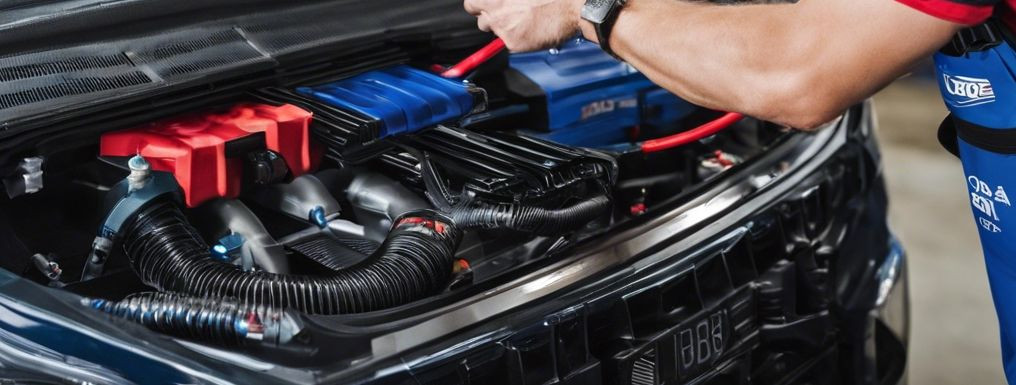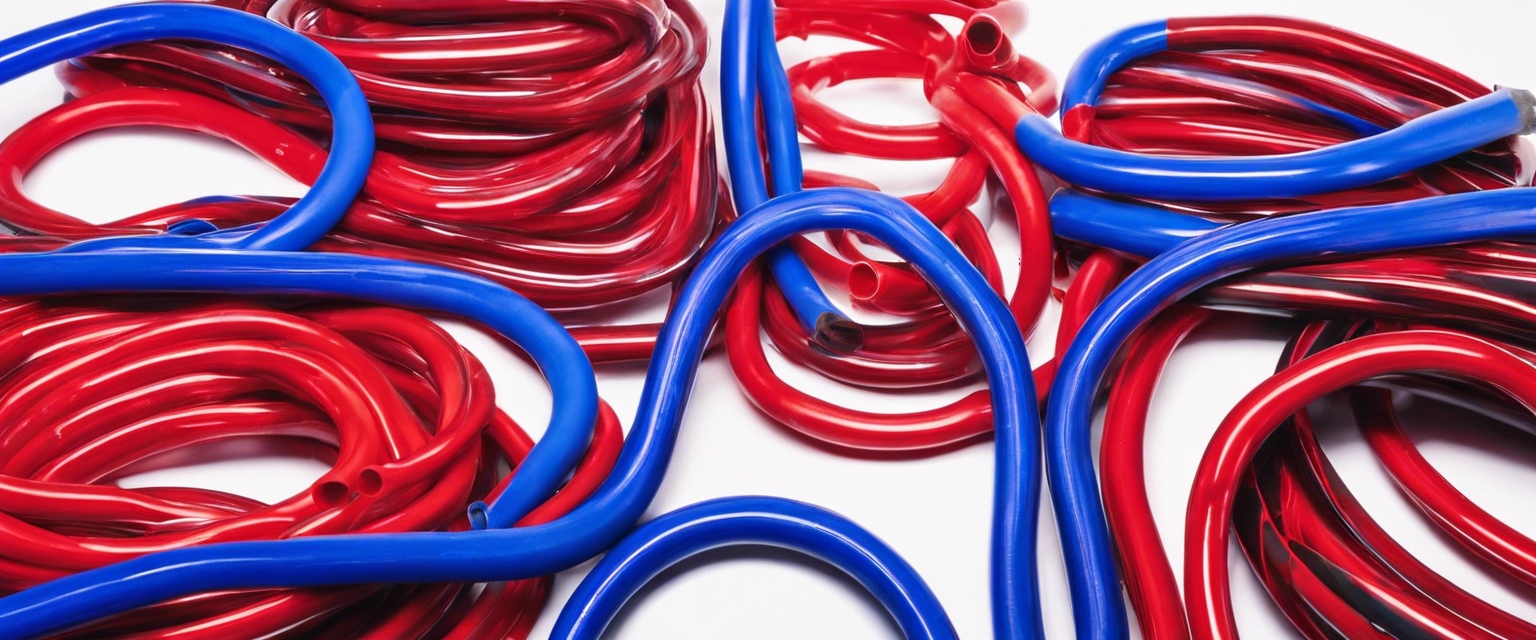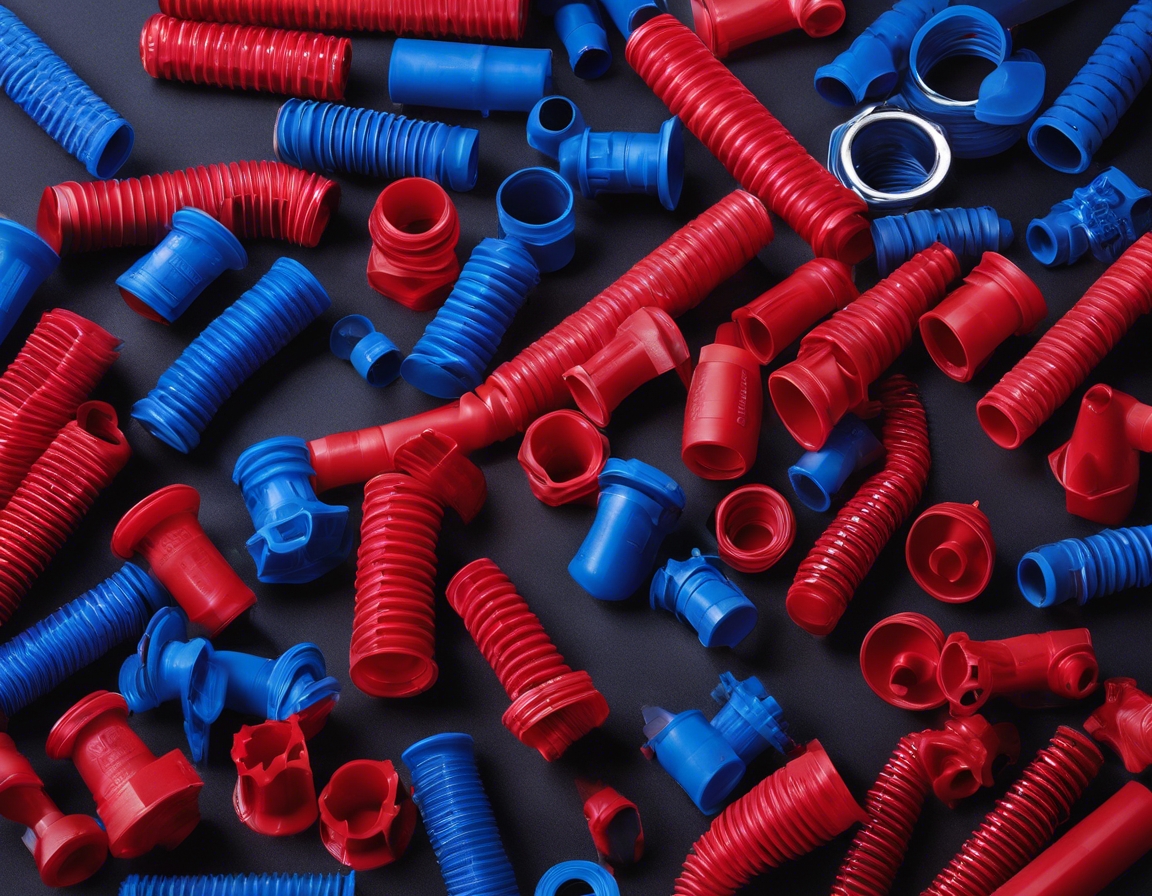The ultimate guide to silicone hoses for your engine
Silicone hoses are high-performance alternatives to traditional rubber hoses, designed to connect different parts of your engine, such as the radiator, turbocharger, and intercooler. Made from a compound of silicon and oxygen atoms, they are known for their flexibility, durability, and resistance to extreme temperatures.
Automotive enthusiasts and professional mechanics opt for silicone hoses due to their superior temperature resistance, longevity, and aesthetic appeal. They can withstand a wider range of temperatures and pressures, making them ideal for high-performance engines.
Compared to rubber hoses, silicone hoses offer better heat resistance, increased durability, and a longer lifespan. They are less prone to cracking, swelling, and hardening, which are common issues with rubber hoses, especially under extreme conditions.
Types of Silicone Hoses for Engines
Straight silicone hoses are the most basic type, used for simple connections where no bending is required. They come in various diameters and lengths to suit different applications.
Elbow hoses feature a bend, typically at 45 or 90 degrees, to navigate around obstacles within the engine bay. They are crucial for maintaining smooth airflow and coolant flow in tight spaces.
Reducer hoses transition between different sized pipes, ensuring a secure fit and preventing leaks. They are essential when upgrading to larger turbos or intercoolers that have different inlet or outlet sizes.
For unique engine layouts or custom builds, special shaped silicone hoses or custom-made options are available. These can include complex multi-angle bends, T-shaped connectors, or hoses built to specific dimensions.
Factors to Consider When Choosing Silicone Hoses
It's crucial to select hoses that can handle the operating temperatures of your engine. Silicone hoses typically withstand temperatures from -55°C to +200°C, making them suitable for most performance applications.
The pressure rating of a hose must match or exceed the maximum pressure it will encounter. High-performance engines may require hoses with reinforced layers to handle increased boost pressures.
Ensure that the silicone hoses you choose are compatible with the fluids they will carry, such as oil, coolant, or air. Some silicone hoses are lined with materials that resist oil and fuel permeation.
Choosing the correct hose size and length is vital for proper fitment and function. An improperly sized hose can lead to performance issues or installation difficulties.
Installation Tips for Silicone Hoses
Before installing silicone hoses, clean the connection points, check for sharp edges, and gather the necessary tools and clamps.
Use quality clamps to secure silicone hoses in place. Ensure they are tight enough to prevent leaks but not so tight as to damage the hose.
Avoid common installation mistakes such as over-tightening clamps, twisting hoses, or neglecting to check for proper alignment.
Maintenance and Care for Silicone Hoses
Regularly inspect silicone hoses for signs of wear, such as cracks, bulges, or discoloration. Catching issues early can prevent more significant problems down the line.
Clean silicone hoses with mild soap and water, avoiding harsh chemicals that can degrade the material.
Replace silicone hoses if you notice any damage or if they have reached the end of their service life. High-quality silicone hoses can last for years, but it's essential to monitor their condition regularly.






Comments (0)